If you’re reading this, your livelihood is likely affected by bugs. While they may not live in your home, they have a significant impact on our forests, and more directly, the wood packaging industry. Several factors contribute to pest infestations in our forests. It’s commonly accepted that rapid climate change and deforestation have greatly impacted our forests and the speed with which pests can invade.
How up-to-date are you on the state of our forests? Here are some facts about wood infestations that are affecting the timber trade, and therefore, the wood-packaging industry:
Most Common Pests Affecting Private and Crown Land
- Emerald Ash Borer. A native of north-east Asia, the EAB is a highly invasive and destructive species that attacks all types of ash trees, (except the mountain ash, which is not part of the same species) primarily green, black, white, and blue. This pest attacks both healthy and sick trees and a single female can produce up to 200 eggs in her lifetime. The EAB is present in Canada and the United States, most notably around Michigan and the surrounding states and provinces—such as Ontario and Quebec, which are the country’s main sources of timber.
- To control the spread of this species, the movement of wood in these areas is highly regulated.
- Asian Long-Horned Beetle. Unlike the EAB, the Asian long-horned beetle attacks many species of hardwood trees, such as maple, birch, poplar, and willow. Female beetles can live up to 40 days and produce as many as 80 eggs—that’s twice a day!
- Unfortunately, there is no natural enemy to this type of beetle and attempts to eradicate with insecticides have proven ineffective. The only way to control the pest population is to fell and burn the affected trees, which, as you can guess, can devastate our forests.
The Real Impact of Invasive Species
A common misconception is that a pest’s damage is confined to the tree that it attacks. It is an error to assume your company is safe from the devastating effect of these species. Our forest ecosystems are symbiotic. When one species, like our ash trees, is wiped out, it invites other invasive species to take over, and it changes the soil’s nutrients. These changes have a profound impact on the ecosystem (and the southern yellow pine and oak trees that we most commonly use in wood pallet production), and also on the animals and plants that depend on ash trees for their survival. When other trees species are weakened by a change in the soil’s nutrients, they become breeding grounds for other invasive pests, as they are no longer strong enough to defend themselves.
What is the Government Doing?
The federal government has gone to great lengths to monitor, report, analyze, and prevent pest outbreaks. Everyone is encouraged to report a possible infestation to the Canadian Food Inspection Agency. Because plant protection extends beyond the forests and makes its way into our food systems, it is also essential to follow the rules about transporting regulated plants and plant products. Click here for more information about the government’s initiatives on invasive species.
What is Pallet Management Group Doing?
Pallet Management Group works closely with the timber trade to provide our clients with the highest quality wood panels. All our materials go through extensive quality checks to ensure we’re working with the best materials at the more affordable costs. Since 2005, we’ve been ISPM 15-certified to manufacture heat-treated pallets, a process which involves heating our wood in a safe and eco-friendly kiln at very high temperatures. This simple step eliminates the spread of insects and their eggs, making it safe for other countries.
Click here to learn more about our manufacturing process, or contact us today.


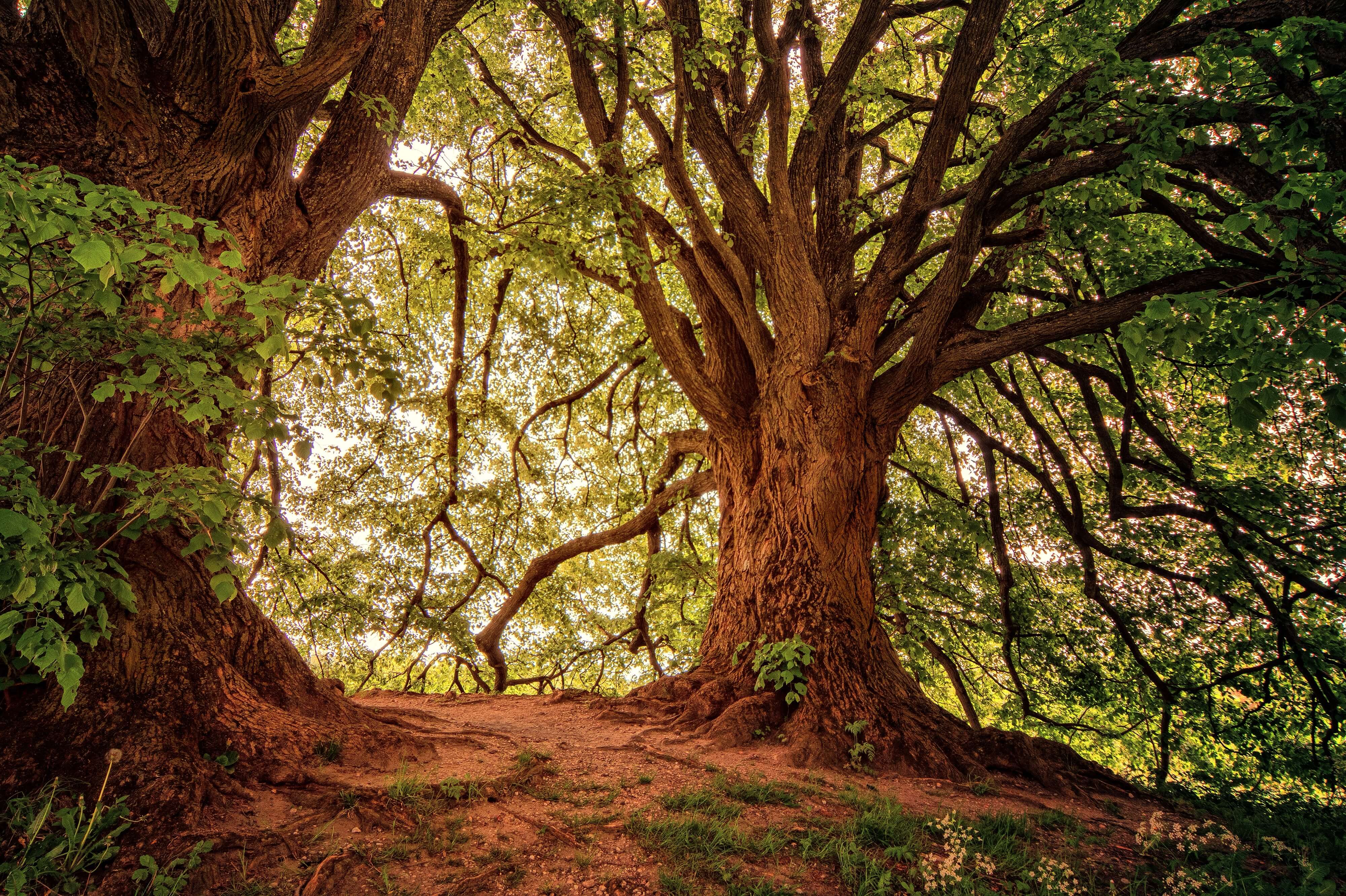
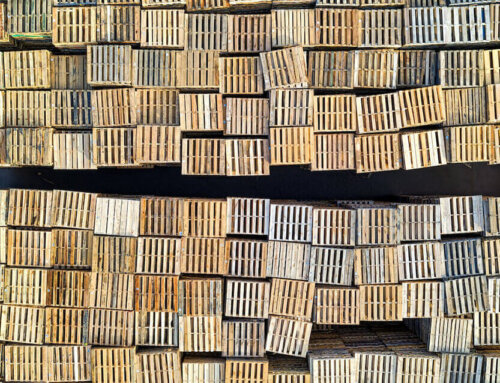
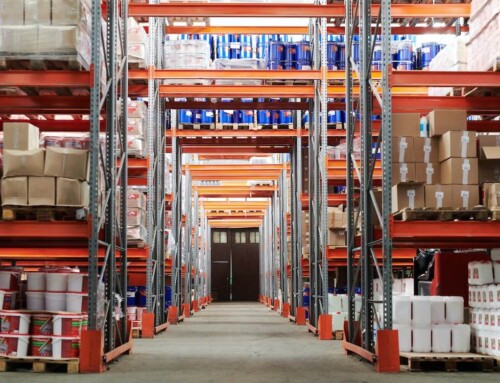
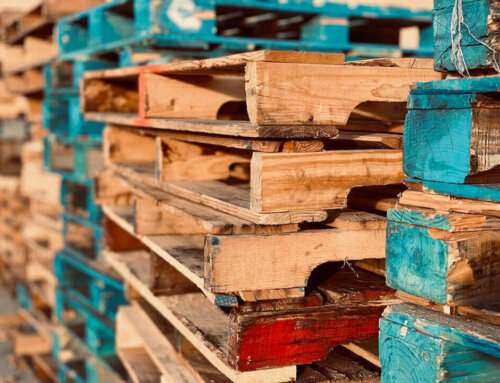
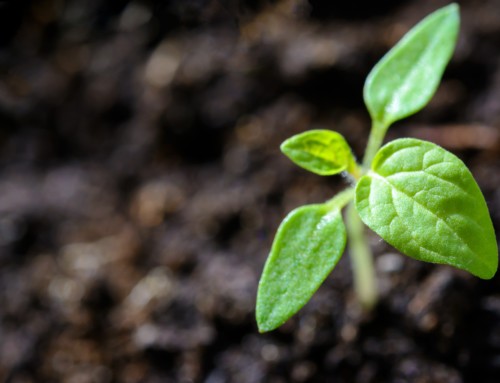
Leave A Comment
You must be logged in to post a comment.